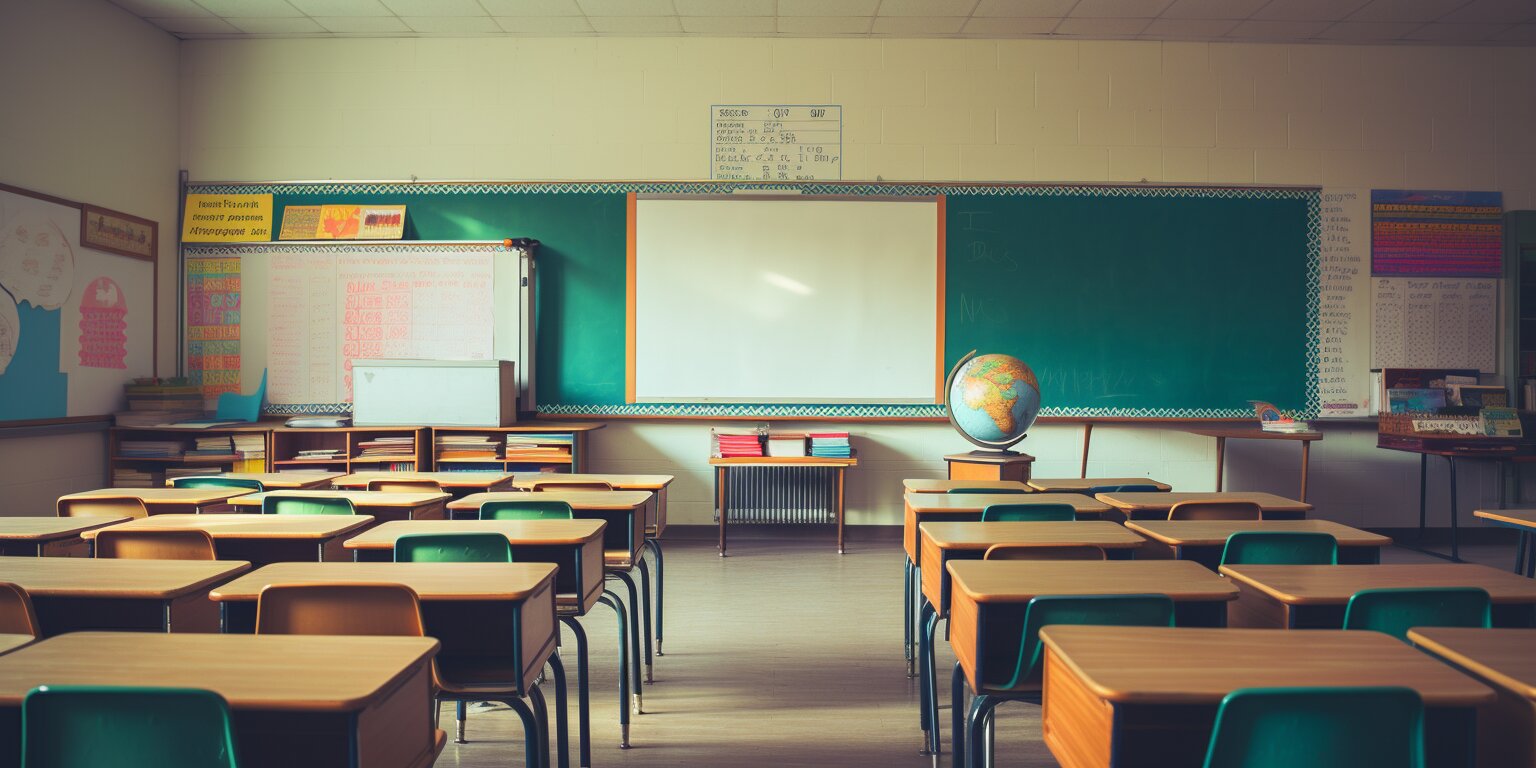As a new teacher, stepping into a classroom can be both exhilarating and daunting. Classroom management, a crucial aspect of teaching, involves maintaining order and creating a nurturing environment conducive to learning. With the evolving dynamics of education, innovative strategies are essential for effective classroom management. In this article, we explore several such techniques tailored for new teachers.
Understanding Your Students
Understanding your students is the cornerstone of effective teaching and classroom management. As a new teacher, taking the time to know each student as an individual is crucial for creating a supportive and productive learning environment. This process involves being attentive to their academic abilities, learning styles, social dynamics, and emotional needs.
Begin by observing and interacting with students to gain insights into their interests, strengths, and areas for improvement. This understanding allows you to tailor your teaching methods to better engage each student. For instance, some students may benefit from visual aids, while others may prefer hands-on activities or group discussions. Recognizing these differences and incorporating diverse instructional strategies can significantly enhance student engagement and learning outcomes.
Building a rapport with students is equally important. Show genuine interest in their lives outside the classroom. This can be achieved through casual conversations, participation in school activities, or showing enthusiasm for their interests. Such efforts help in establishing a trusting relationship, making students feel valued and understood.
Furthermore, be cognizant of the cultural and socioeconomic backgrounds of your students. Embracing and respecting diversity in the classroom promotes an inclusive environment and enriches the learning experience for all. This sensitivity can be reflected in your teaching materials, discussions, and the way you address sensitive topics.
Incorporating feedback mechanisms, like surveys or informal check-ins, can also provide valuable insights into student perceptions and needs. This feedback helps adapt your teaching strategies and empowers students by giving them a voice in their educational experience.
In summary, understanding your students is a dynamic and ongoing process. It involves not just academic assessment but also emotional intelligence, cultural sensitivity, and building genuine relationships. By prioritizing this understanding, you create a classroom atmosphere that is conducive to learning, growth, and mutual respect.
Setting the Tone
Establish Clear Expectations: Set clear, achievable rules and expectations from day one. Students should know what is expected of them in terms of behavior and academic performance.
Consistency is Key: Be consistent in enforcing rules. Inconsistency can lead to confusion and misbehavior. Consistency also builds trust, as students know what to expect from you.
Interactive Learning Strategies
Incorporate Technology: Utilize educational technology tools to make learning more engaging. Interactive whiteboards, educational apps, and online resources can cater to different learning styles and keep students interested.
Group Activities: Encourage collaborative learning through group activities. This not only makes learning fun but also teaches important social skills like teamwork, communication, and conflict resolution.
Leveraging Student Leadership
Leveraging student leadership in the classroom is a transformative approach that empowers students and enhances the learning environment. This technique involves identifying and nurturing leadership qualities in students, enabling them to take on various roles and responsibilities within the classroom. By doing so, teachers can foster a sense of ownership and accountability among students, encouraging them to be more engaged and proactive in their learning journey.
One effective method is to establish student-led committees or groups for different classroom activities or subjects. These groups can lead discussions, organize collaborative projects, or even help manage class resources. This cultivates leadership skills and promotes teamwork and collaboration among peers. Additionally, teachers can rotate leadership roles to give every student the opportunity to develop and showcase their abilities. This inclusive approach ensures that leadership is not confined to the traditionally outspoken or confident students but is an opportunity available to all.
Empowering students as leaders also provides them with real-world skills such as decision-making, problem-solving, and effective communication. Such experiences are invaluable, preparing them for future challenges and opportunities. As students gain confidence in their leadership abilities, they become more invested in the class, leading to a more dynamic and interactive learning environment. This strategy benefits the individual student leaders and enriches the entire class by creating a community where every member is encouraged to contribute and lead.
Positive Reinforcement
Reward Good Behavior: Use positive reinforcement to encourage good behavior. Recognition can be as simple as verbal praise, a rewards system, or a note home to parents about positive behavior.
Focus on Effort: Acknowledge and praise the effort, not just achievement. This encourages a growth mindset where students are motivated to try harder, regardless of their current level of performance.
Dealing with Challenges
Conflict Resolution: Equip yourself with conflict resolution skills. When conflicts arise, address them calmly and fairly. Teach students to resolve their disputes peacefully and respectfully.
Seek Support: Don’t hesitate to seek support from more experienced colleagues, mentors, or educational counselors. They can provide valuable advice and strategies for handling challenging situations.
Utilizing Classroom Layout
Flexible Seating: Experiment with different seating arrangements to find what works best for your class. Flexible seating options can promote better engagement and interaction among students.
Organized Environment: An organized classroom sets the tone for learning. Ensure that the classroom is neat and materials are easily accessible to minimize distractions and maximize efficiency.
Professional Development
Continue Learning: Attend workshops, seminars, and conferences on classroom management and teaching methodologies. Staying updated with the latest educational trends can greatly enhance your teaching skills.
Reflect and Adapt: Regularly reflect on your teaching methods and classroom management strategies. Be open to adapting and trying new approaches based on what works best for your students.
Effective Communication with Parents and Guardians
Effective communication with parents and guardians is pivotal in creating a supportive educational environment for students. Establishing a transparent and collaborative relationship with parents enhances the overall educational experience for students by ensuring consistency and support extends beyond the classroom. As a new teacher, fostering this connection can be highly rewarding.
Initiating regular communication channels such as newsletters, emails, or class websites can keep parents informed about classroom activities, upcoming events, and their child’s progress. Personalized communication, like notes or phone calls for specific concerns or achievements, also adds a layer of personal engagement. These methods demonstrate a teacher’s commitment and openness, encouraging parents to reciprocate in kind.
Parent-teacher conferences and meetings are crucial touchpoints. They provide an opportunity for in-depth discussions about a student’s academic and social development. Here, active listening and empathy are essential. Understanding parents’ perspectives and concerns allows for a more holistic approach to addressing student needs.
Moreover, teachers can invite parents to participate in classroom activities or events, strengthening the school-community bond. This involvement can range from volunteer opportunities to attending class presentations or workshops. Such engagement helps parents feel more connected to their child’s learning process and builds a cooperative partnership between home and school.
In conclusion, effective communication with parents and guardians is not just about sharing information; it’s about building trust, understanding, and a collaborative environment that ultimately benefits the students’ educational journey.
Conclusion
Classroom management is an art that evolves with experience. For new teachers, implementing innovative management techniques can be transformative for their teaching experience and their students’ learning journey. New teachers can create a vibrant and effective learning environment by understanding students, setting the right tone, incorporating interactive learning, positively reinforcing good behavior, dealing with challenges effectively, utilizing classroom layout, and committing to ongoing professional development.
Remember, each class is unique, and what works for one may not work for another. The key is to be flexible, patient, and open to learning. With time, practice, and the right strategies, classroom management becomes an integral and fulfilling part of the teaching profession.

